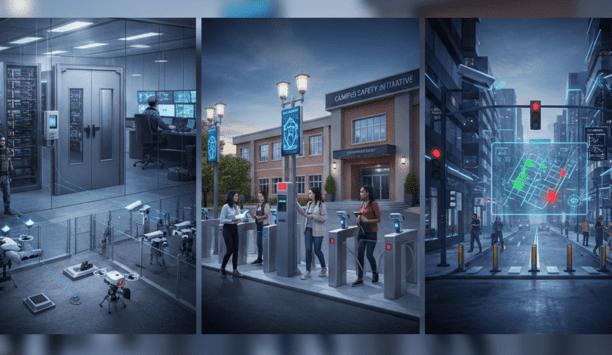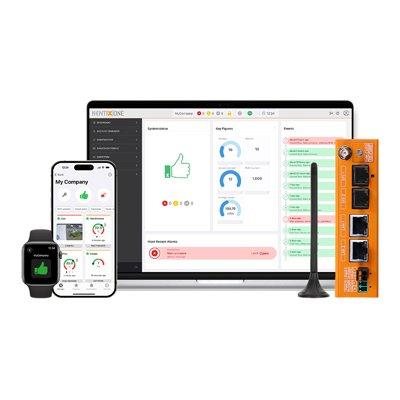Rave Mobile Safety (Rave), the critical communication and collaboration platform customers count on when it matters most, releases its 2022 Public Safety Trends Survey results. The findings show that emergency responders—firefighters, EMTs, police officers, emergency managers, security professionals, and 9-1-1 dispatchers—are experiencing increased challenges and workloads at their jobs and are in need of better tools and resources to improve response efforts.
While the public health and safety needs of communities are continually evolving, new COVID-19 variants, an increase in acts of violence, and the public perception of law enforcement and first responders are the latest challenges public safety professionals are managing while working to protect their communities. Resources such as budget and staffing are not keeping pace, and new strategies are needed to fill the gap.
Public safety trends
Key findings of the public safety trends survey include:
- Public safety roles are becoming more challenging: 61% of respondents reported their jobs have become significantly (16%), somewhat (24%), or slightly (21%) harder over the past 18 months.
- The top three challenges causing significant or major impact to those in public safety over the past 18 months are COVID-19 (83%), hiring and staffing (72%), and public perceptions of first responders/law enforcement (61%).
- Respondents were extremely or very concerned about three key factors that will impact public safety in the coming year: hiring and staffing (60%), public perceptions of first responders/law enforcement (58%), and mental health (56%).
- The top changes that respondents say would improve public safety operations in the coming year are additional staff (71%), budget increases (63%), better information sharing between different agencies/departments (46%), and collaboration with mental health professionals (41%).
- Collaboration is key to improving mental health response: 72% of respondents believe first responders and mental health professionals should respond together to mental health emergencies.
- In terms of information sharing among public safety departments, 84% of respondents overwhelmingly agree that a person’s mental health history would be extremely (49%) or very (35%) helpful for emergency response.
- While 74% of respondents say it is extremely or very important to communicate with at-risk populations, 48% are somewhat, hardly or not at all confident they can do so.
Improving public safety
In an emergency situation, real-time collaboration can speed response and improve responder safety
Additional staff and budget increases top the list of changes that would give respondents more confidence in their agency’s ability to improve public safety, followed by technology to enable more effective response. While responses show better information sharing across jurisdictions is needed, nearly all respondents (94%) report their agency’s ability to collaborate in real-time with other agencies needs some level of improvement.
In an emergency situation, real-time collaboration can speed response, increase situational awareness and improve responder safety. Respondents cited barriers to information sharing and collaboration include lack of technology (44%), lack of funding and resources (41%), and unwillingness from departments/agencies (36%). Without the necessary tools, resources and funding, responders will continue to face challenges with data sharing and real-time collaboration during an emergency.
Mental health response
Seventy-four percent of respondents say it is extremely or very important that their agency is able to identify and communicate with at-risk populations, including the elderly, individuals with reported mental health challenges, or those who rely on medical equipment powered by electricity. However, many do not have full confidence in their department’s capabilities to do so—40% are only somewhat confident and 8% are hardly or not at all confident.
Many communities are taking new approaches to improve mental health response
Many communities are taking new approaches to improve mental health response. Most (72%) respondents believe first responders and mental health professionals together are best suited to respond to emergency situations involving mental health crises. Respondents also report their agencies are increasing training for first responders (52%), providing information about a person’s mental and physical health (39%), and establishing crisis intervention team programs (36%).
Improving information sharing
“Those tasked with the safety of our communities face an uphill climb in their roles today,” said Todd Piett, Rave CEO. “As they navigate an increasing number of challenges, so many of which are outside of their control, it’s critical public safety leaders have the tools and technology at their disposal to improve information sharing and collaboration so agencies can break down siloes to communication.”
This survey was conducted by the independent research firm Researchscape. Respondents totaled 273 first responders or emergency professionals. Responses were collected in December 2021 and January 2022.























